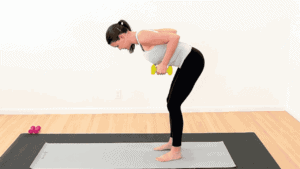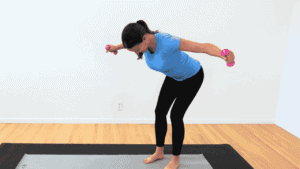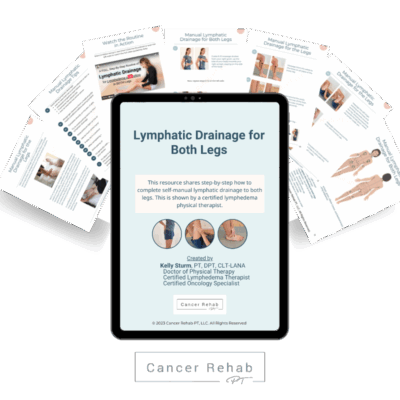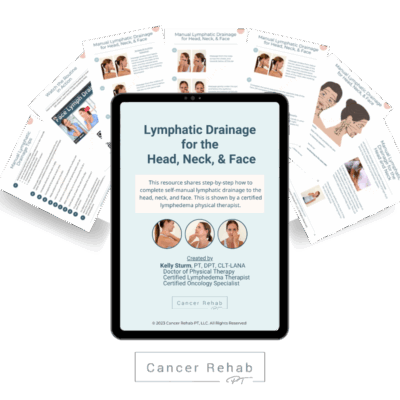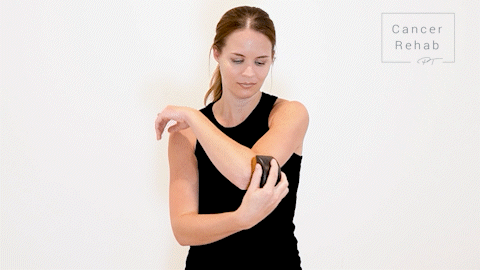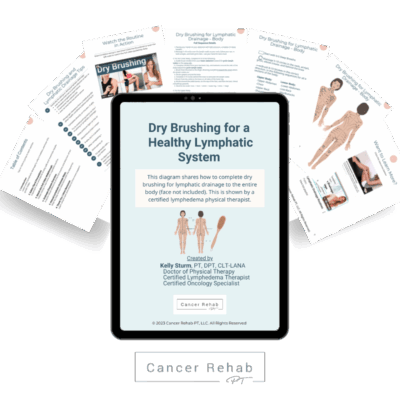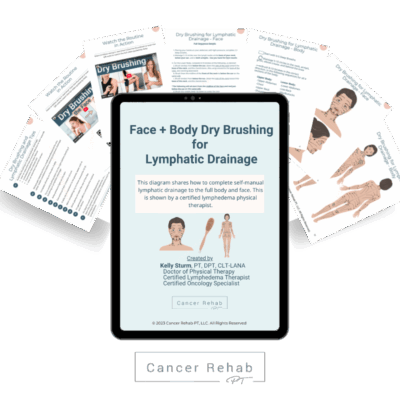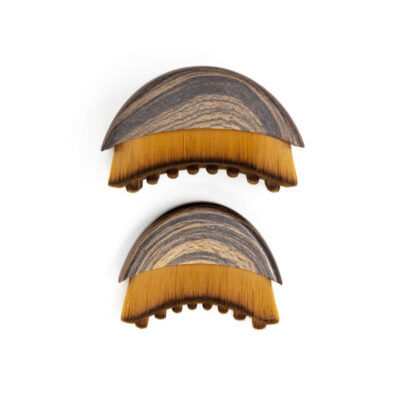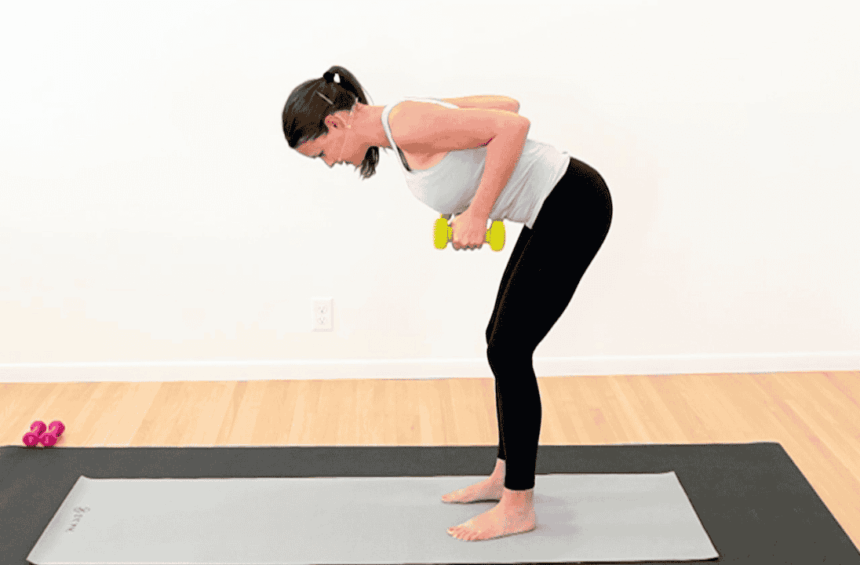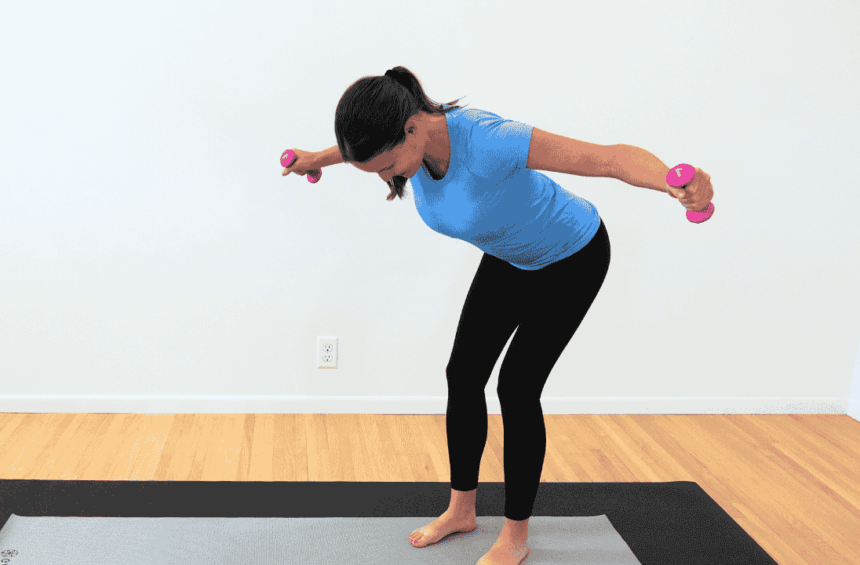Dry brushing is a health & wellness routine that uses a natural-bristle brush to stimulate circulation and encourage lymphatic flow throughout your body. Learning how to dry brush properly can help you support your body’s natural detox system, reduce swelling, and improve skin appearance—but only if you do it correctly.
As a lymphatic specialist & a certified lymphedema therapist, here’s my recommended full-body dry brushing routine. You can use it for aesthetic purposes or when living with chronic swelling or lymphedema to help move stagnant fluid along.
What Is Dry Brushing?
Dry brushing involves using a natural-bristle brush on clean, dry skin before showering. You brush your skin using specific strokes and patterns that follow your lymphatic system’s natural flow. This is where I see most people go wrong when they try to learn from beauty tutorials online.
The technique applies gentle but consistent pressure to stimulate the lymphatic vessels located just beneath your skin’s surface.
The brush’s bristles work to remove dead skin cells, and the brushing motion encourages lymphatic fluid movement, helping your body eliminate waste and reduce fluid buildup.
What Are the Benefits of Dry Brushing?
There are a few important dry brushing benefits for your skin, lymphatic system, and overall well-being:
- Reduces swelling and puffiness: Dry brushing stimulates lymphatic drainage to help decrease fluid retention, and can be used as a lymphedema self-care routine.
- Improves skin texture: Natural exfoliation removes dead cells for smoother and softer skin.
- Boosts circulation: Dry brushing techniques increase blood flow to bring more nutrients to your skin cells.
- Minimizes cellulite appearance: This technique can temporarily plump your skin and improve its overall texture.
- Creates a calming ritual: Many of my patients tell me they’ve come to love their dry brushing routine as a mindful self-care practice for stress relief.
While the research on dry brushing specifically is limited, there’s plenty of anecdotal evidence supporting these benefits. Dry brushing is a form of lymphatic drainage massage, and its benefits are well-documented.
In fact, we regularly use lymphatic drainage techniques in clinical settings to treat conditions like lymphedema and chronic swelling.
How to Dry Brush Your Body
You should use a soft-bristle brush for your dry brushing routine. It shouldn’t irritate your skin or feel uncomfortable. I always tell my patients it shouldn’t irritate their skin or feel uncomfortable. If your brush feels too stiff, you can use just your hand instead.
The full-body process should take you 10-15 minutes, though you can also focus on specific problem areas if you’re short on time.
1. Take a few deep breaths
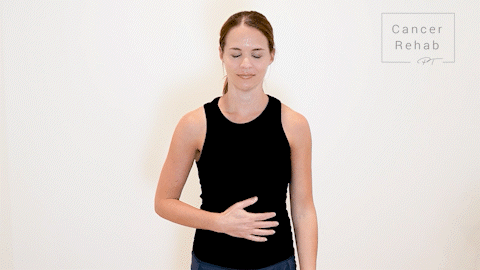
Start by taking several slow, deep breaths to relax your body. This helps stimulate your lymphatic system and prepares your body for the self-care ritual you’re about to do.
2. Stimulate your lymph nodes
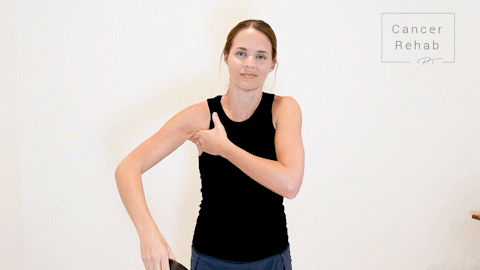
Gently massage your major lymph node areas using light, circular motions with your hand. Your lymph nodes are located in your neck, armpits, and groin.
These small, bean-shaped structures filter lymphatic fluid and are key collection points in your lymphatic system. Stimulating them first helps prepare your lymphatic pathways for drainage.
3. Brush toward your lymph nodes

Your body’s lymphatic system works in quadrants: upper right, upper left, lower right, and lower left. Each quadrant drains to specific lymph node clusters. Always brush from your extremities toward the nearest lymph nodes.
If you’ve had lymph nodes surgically removed, redirect your brushing toward the remaining healthy lymph nodes in other areas.
4. Decongest the areas closest to the lymph nodes first
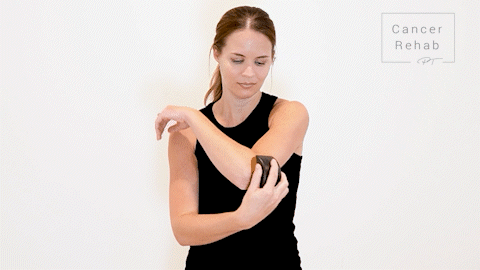
Start brushing the areas closest to your lymph nodes before moving to areas farther away. This creates space for lymphatic fluid to flow properly. For example, brush your upper arm toward your armpit before moving onto your fingers.
5. Pay attention to stubborn areas
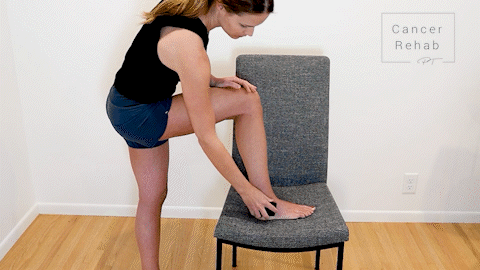
Don’t forget to dry brush the often-neglected areas like between your fingers and toes, under your arms, or around your joints. These spots tend to accumulate lymphatic fluid, so use gentle yet thorough strokes to encourage drainage.
6. Stimulate your lymph nodes again

Return to massaging your lymph node areas with the same gentle, circular motions you used at the beginning. This second stimulation helps process the lymphatic fluid you’ve encouraged to move during your brushing routine.
7. Finish with deep breaths
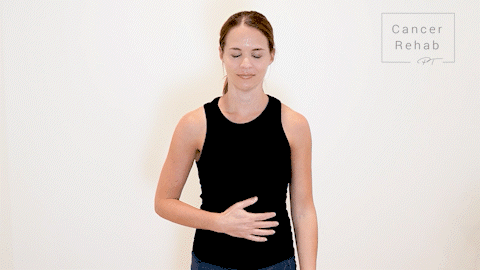
End your session with a few more deep breaths. Once you’re done, put your brush away.
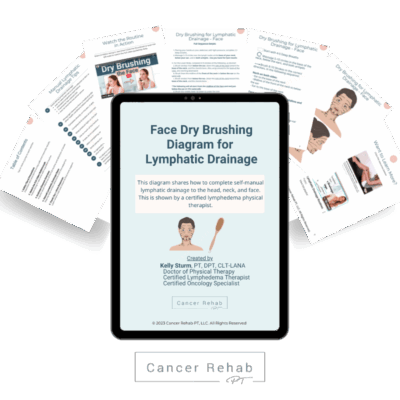
Dry Brushing to the Neck and Face for a Healthy Lymphatic System – Digital
How Long to Dry Brush?
A full-body dry brushing routine will usually take you anywhere from 10 to 20 minutes. There’s no required time frame. I always tell my patients that consistency matters more than duration. If you’re short on time or only want to focus on one particular area where you experience most persistent swelling, it can also take you less time than that.
How Often to Dry Brush?
You can dry brush as often as needed, even every day if you find it helpful. Many people incorporate it into their daily routine, either in the morning before showering or in the evening as part of their wind-down ritual.
If you’re living with chronic swelling or lymphedema, you can experiment to see which frequency gives you the best results. However, the most important thing is to stay consistent, so find a schedule that works for you and stick with it.
How to Dry Brush Your Face
Dry brushing your face can help reduce swelling and puffiness, especially around your eyes and jawline. This is particularly helpful first thing in the morning or after a long day.
Similar to the full-body dry brushing routine, you should use a soft-bristle brush or even a dry washcloth for your face since facial skin is more delicate than body skin. Always brush toward your lymph nodes, be extra gentle around your eyes, and avoid brushing directly on any active breakouts or irritated skin.
How to Dry Brush for Lymphatic Drainage
Dry brushing’s main goal is lymphatic drainage, or helping your body move lymphatic fluid more efficiently through your system. Your lymphatic system doesn’t have a pump like your circulatory system does, so it relies on muscle movement and external pressure to function properly.
This is why you need to brush toward your lymph nodes, not toward your heart like some beauty tutorials suggest. I see this mistake a lot, and it’s one of the reasons people don’t get results from lymphatic drainage. While deeper lymphatic vessels do eventually lead to your heart, the surface lymphatic vessels that dry brushing affects drain to lymph nodes in your armpits, groin, and neck.
How to Dry Brush for Cellulite
Dry brushing may help reduce the appearance of cellulite, though research on this benefit is limited. I always set realistic expectations with my patients about this. There is a small study that suggests lymphatic massage techniques can improve cellulite appearance, and since dry brushing works similarly to lymphatic massage, it may offer comparable benefits, but typically, this is a short-term benefit.
The brushing motion increases blood flow to the area and may temporarily plump the skin, making cellulite less noticeable. It won’t permanently eliminate cellulite, but dry brushing regularly can help improve your skin’s texture and appearance.
Who Should Avoid Dry Brushing?
You should avoid dry brushing if you have certain skin conditions or health issues. Skip dry brushing if you have eczema, psoriasis, open wounds, cuts, infections, or very sensitive skin that gets irritated easily. The brushing can make these conditions worse or cause additional irritation.
If you notice redness, irritation, or discomfort after dry brushing, it’s better to stop the practice. Some people with very sensitive skin may also need to use a softer brush or just their hands.
Learn more about the potential dangers of lymphatic drainage massage and when to avoid it.
How to Clean Your Dry Brush
Keep your dry brush clean to prevent bacteria buildup and extend its lifespan. After each use, gently tap the brush to remove loose skin cells and debris. Once a week, wash your brush with mild soap and warm water, then rinse thoroughly.
Generally speaking, you should replace your brush every 6-12 months or when the bristles start to feel too soft or fall out. However, high-quality brushes may last longer than that.
FAQs
Can I do dry brushing every day?
Yes, you can dry brush every day if you want to and find it helpful. Many people incorporate daily dry brushing into their morning or evening routine. However, if you notice any irritation, redness, or sensitivity, you may need to use a softer brush or switch to massaging with your hand.
Should I use oil before dry brushing?
No, don’t use oil before dry brushing. The technique works best on completely dry skin without any lotions, oils, or moisture. Oil would make the brush slip and reduce the exfoliating effect.
Is it best to dry brush in the morning or at night?
Either time works fine, and I recommend that my patients choose what fits their schedule best. Many people prefer morning dry brushing because it feels energizing and fits well before a shower. Others enjoy it at night as a relaxing ritual. As long as you do it regularly, any time works.
Do you brush up or down when dry brushing?
Neither. The most important thing is to brush toward your nearest lymph nodes, not simply up or down. For example, for your legs, you should brush upward toward your groin lymph nodes. When dry brushing your arms, brush toward your armpit lymph nodes. For your torso, brush toward your armpits or groin, depending on the area (lower or upper body).
What happens if you dry brush too hard?
Brushing too hard can irritate your skin, cause redness, or even lead to small cuts or abrasions. Use firm but gentle pressure. It shouldn’t feel painful or uncomfortable. If your skin looks red or feels sore after brushing, you’re likely applying too much pressure and should reduce the intensity to avoid skin damage.
Do I dry brush before or after my shower?
Either way can work as long as you’re doing it on dry skin. Usually, it makes more sense to dry brush before your shower and get wet, plus showering can help wash away the dead skin cells you’ve loosened during brushing.
Does dry brushing break down fat?
No, dry brushing doesn’t break down fat or cause weight loss. It may temporarily improve skin appearance and reduce the look of cellulite through increased circulation, but it doesn’t eliminate fat cells. The benefits are better lymphatic drainage, improved circulation, and skin exfoliation.
More Support for Your Lymphatic System
Dry brushing is just one way to support your lymphatic system and overall health.
If you struggle with chronic swelling or live with a condition like lymphedema, you can find step-by-step routines for lymphatic drainage in my Shop!


